Editor’s Note: this story is published in partnership with KCET / PBS SoCal and in association to The Migrant Kitchen, our Emmy-winning documentary series now on its fourth season.
Pepe Alvarez has dedicated his entire life to the fields. But in the early 2000s, after 30 years of working in landscaping, he was forced to make a change. This was around the same time Puerto Rico entered a devastating economic recession, the effects of which are still felt today. While on a trip to Martinique, he explored La Route des Rhums, a tour of the island’s distilleries. There, he discovered a type of spirit the local producers baptized rhum agricole, or agricultural rum. Put simply, “it was rum made with cane juice from fresh sugar cane, freshly squeezed, and put to ferment,” explains Alvarez. He took that idea back home, and in 2009, he decided to launch San Juan Artisan Distillers, the first contemporary agricultural rum distillery and estate in Puerto Rico, an homage to the island’s former sugar cane glory.
Puerto Rico’s rum industry is one the most important for the island’s economy. It generates over $300 million each year and is responsible for over 700 jobs across distilleries, according to the Department of Economic Development and Commerce. “It didn’t make sense to enter the world of rum production, where there are already big companies that have been doing this for hundreds of years, without a new proposal,” Alvarez says. “I wanted to produce rum directly from sugar cane and find a niche for a new type of distillery.”
Nowadays, most rum is produced with molasses, a byproduct of the sugar refinery process. This base is developed through the extraction of sugar cane juices that are then boiled and converted into sugar crystals. The remaining unsolidified juice is the molasses. “We are the only ones who have kept carrying the torch when it comes to rum produced from sugar cane,” Alvarez says.
But in 2017, Hurricane Maria made landfall and destroyed 80% of Alvarez’s crop, forcing his team to rebuild everything. During the clean-up after the storm, Alvarez found three nails—or tres clavos. Decades prior, Puerto Rico had railway tracks that went around the entire island, picking up sugar cane along the way, taking it to the nearest sugar mill. “That train disappeared with the sugar cane industry, but on our farm in Vega Baja (a town in the northern region), there is a spot where you can still see where the old train tracks used to run,” he explains. “Those three nails were there from when the track was dismantled years before.” The nails inspired Tres Clavos, a line of rum infusions released in December of 2018 which is modeled after ron caña or pitorro, a clandestine rum that, despite its illegality, is ubiquitous at every Christmas celebration on the island. It’s a type of moonshine rum—often homemade and usually much stronger than the commercial stuff.
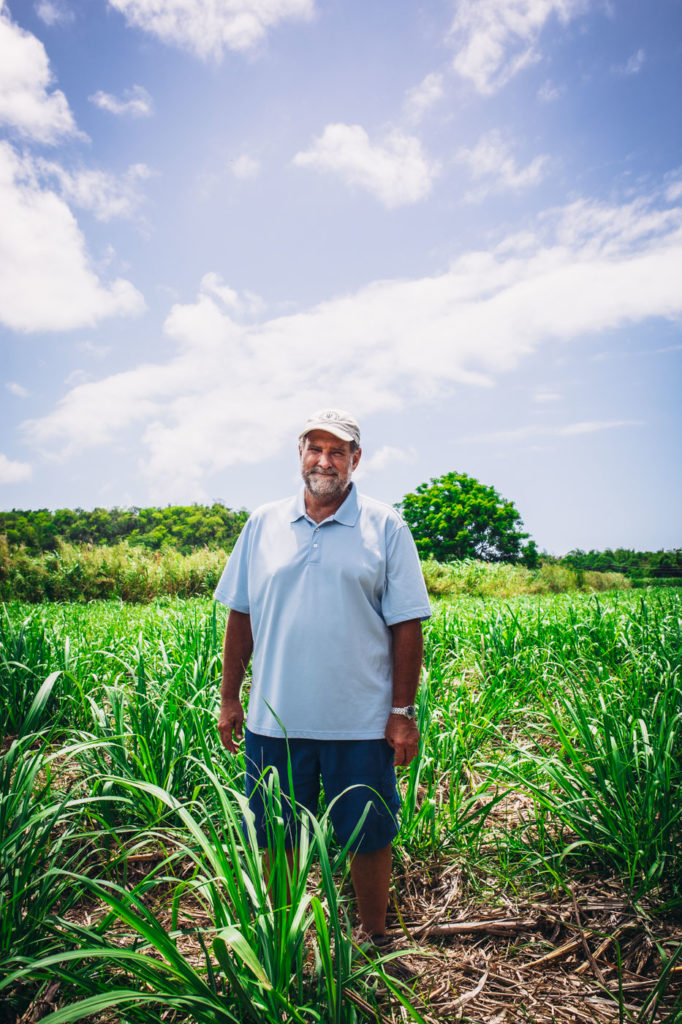
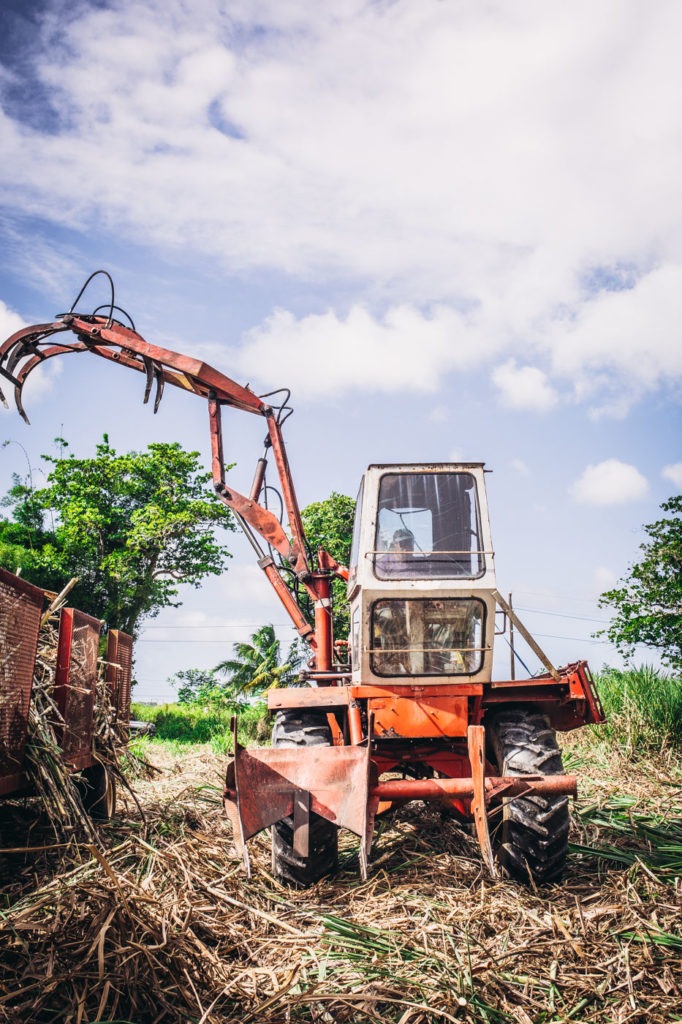
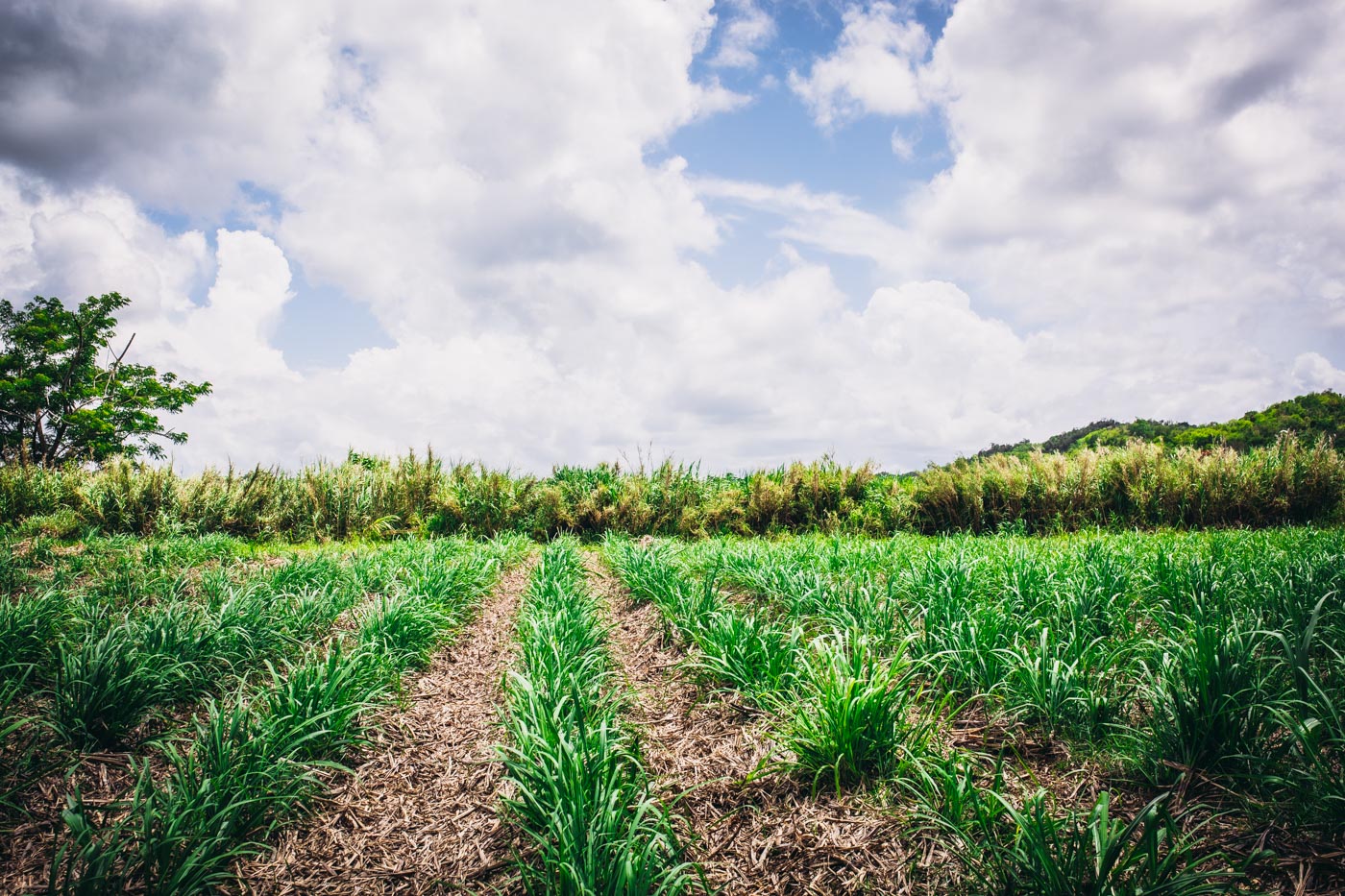
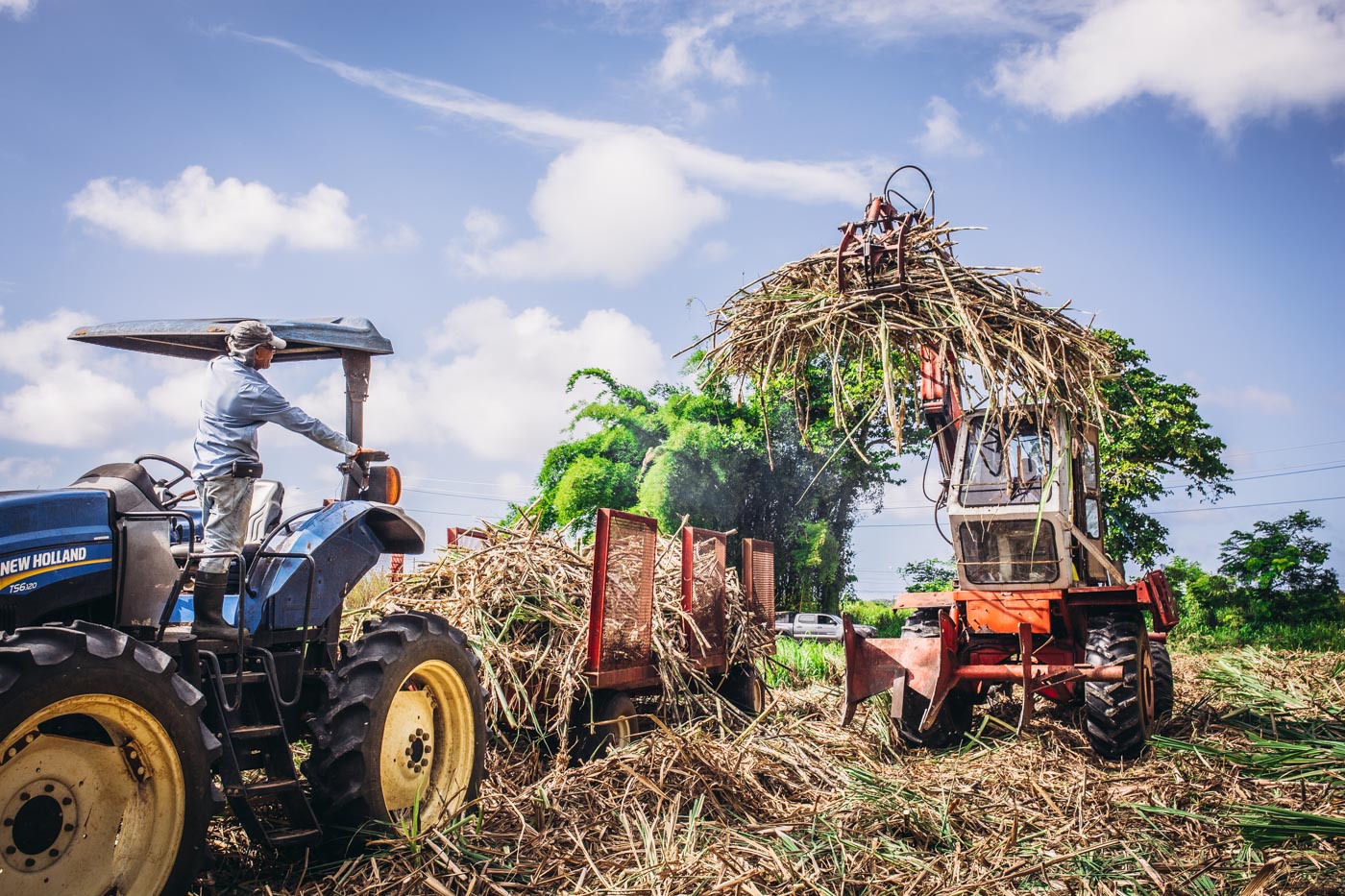
Tres Clavos allowed the distillery to make some profit while Alvarez worked on rebuilding. And in December of 2020, San Juan Artisan Distillers finally launched its agricultural rum, Ron Pepón. Alvarez found a niche in a market dominated by Puerto Rican rum giants, such as the world-renowned Bacardí and Serrallés Distillery—the latter produces around 60% of the rum consumed on the island.
The Making of the Rum Capital of the World
The history of rum in Puerto Rico can be told through one company that has produced the spirit for over a century and a half: Serrallés Distillery. The Serrallés family, originally from Catalonia, Spain, immigrated to Puerto Rico at the beginning of the 19th century and settled in Ponce, a town on the southern coast of the island. They started off with sugar production, a business that was quickly expanding after Spanish colonizers brought sugar cane to the island some four centuries earlier.
Europe’s insatiable demand for sugar soon led to the establishment of hundreds of sugar mills and plantations across new colonies. In the 18th century, enslaved people working the sugar plantations in the British island of Barbados discovered that molasses, a secondary product of the sugar refining process, could be fermented and turned into alcohol. This is the first record of rum distillation, making the Caribbean the cradle of this spirit.
Puerto Rico rose to become the fifth largest sugar cane producer in the world. And in the 19th century, the booming sugar industry led to mass rum production. The Serrallés family opened a rum manufacturing facility at their hacienda and began producing rum in 1865. By 1897, Puerto Rican rum was among the island’s main exports—coffee led the list, followed by sugar, tobacco, hides and rum. The local rum was sold in countries like Spain, the United States, France, Italy and Cuba.
Then came Prohibition, which was ratified on the island in July 1917 and lasted until 1933. Many distilleries were forced to close, but Serrallés Distillery was one of the few that survived by concentrating its efforts on refined sugar production instead of alcohol. For sixth-generation Serrallés family member Roberto Serrallés, the company’s current vice president of business production, the end of Prohibition marked a new beginning for the business. The distillery launched its flagship brand, Don Q, in 1934. Over 150 years later, Don Q is now the top-selling rum in Puerto Rico.
But a new crisis quickly engulfed producers on the island. Due to industrialization, the sugar industry boom eventually came to a crashing halt in the 20th century. The once-thriving sugar cane fields completely disappeared by the second half of the century. Serrallés explains that the company tried to hold onto its sugar production, but the business began bleeding capital in the 1960s because of it. Twenty years later, the company closed its plants and began importing molasses for its rums, like nearly all of the distilleries on the island, which thus increased the price of production.
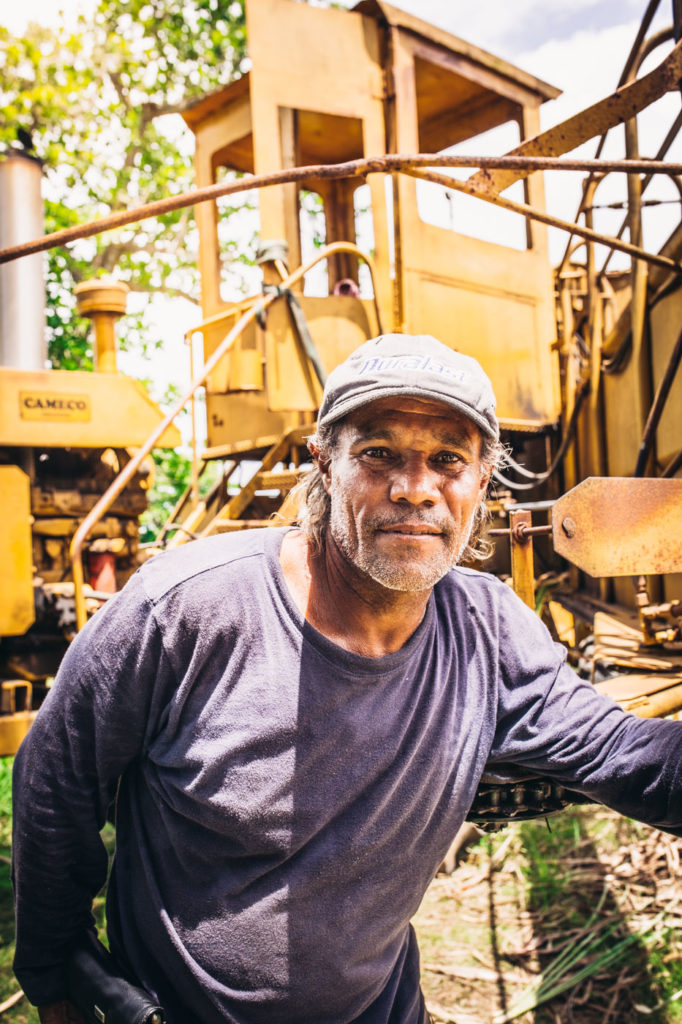
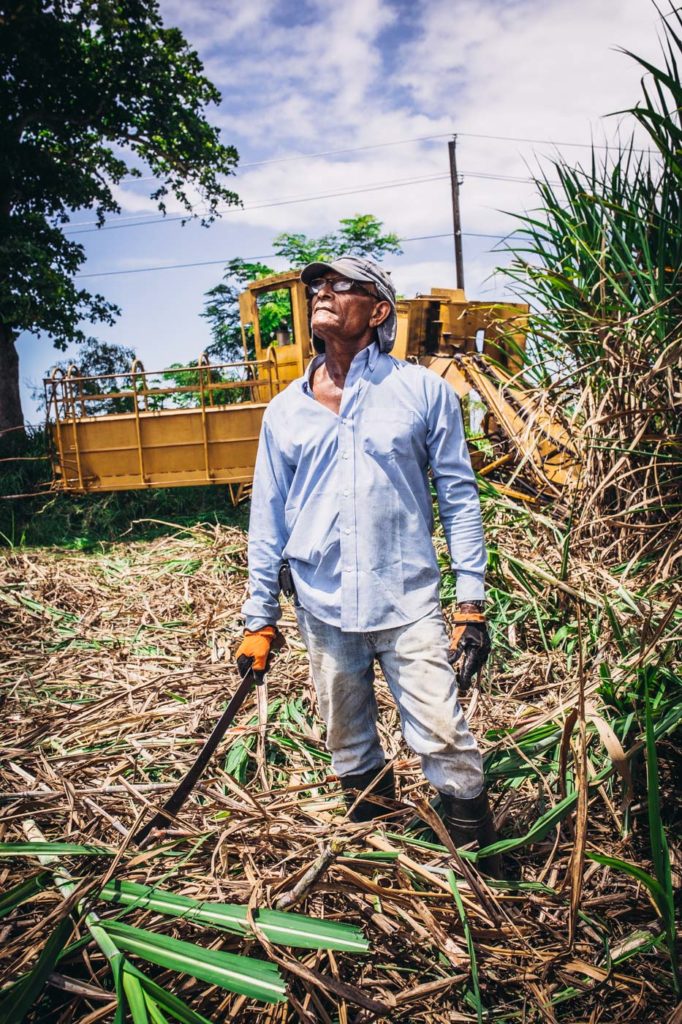
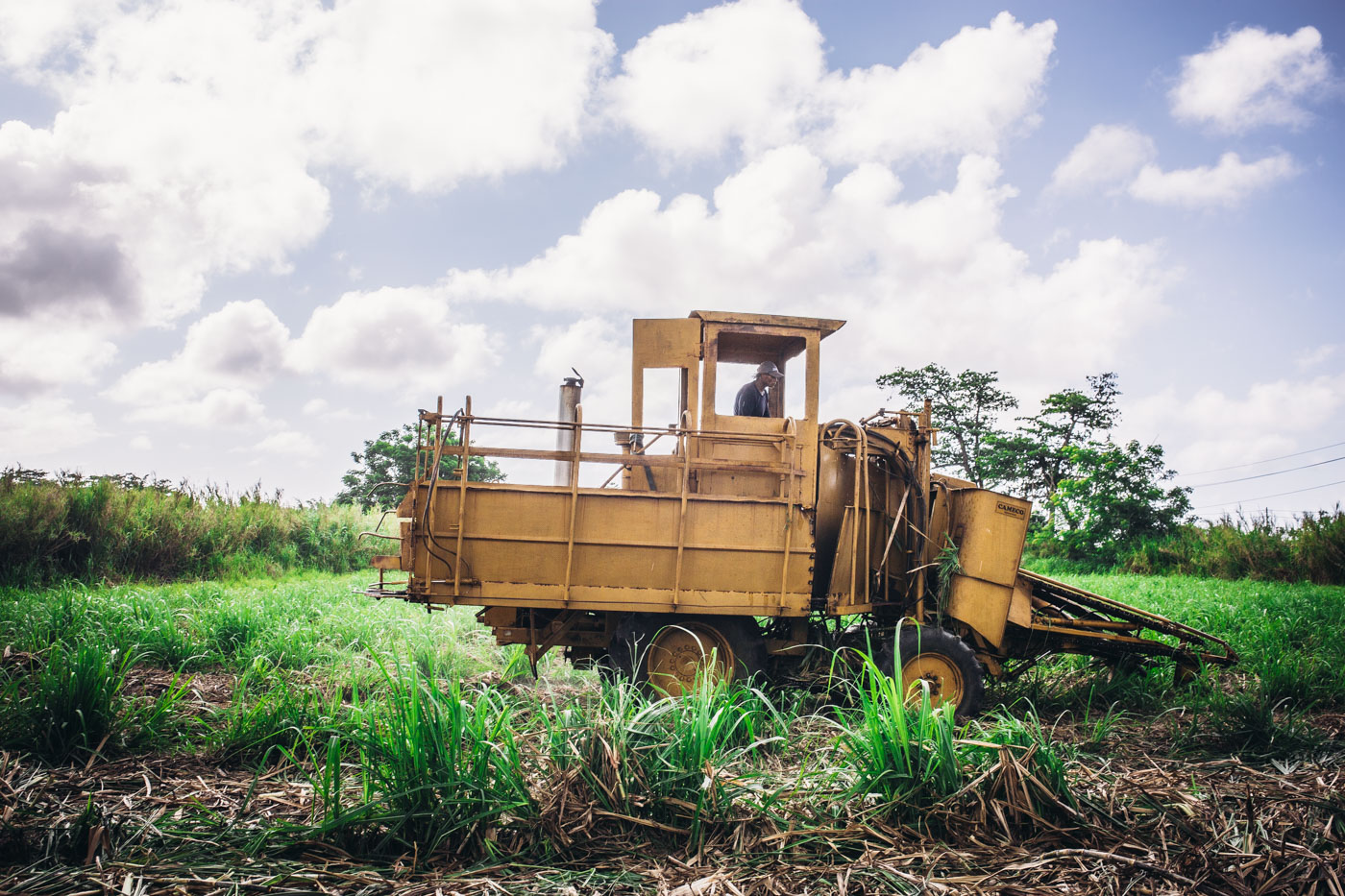
Around the same time, Serrallés Distillery decided to take a gamble on buying three rum brands: Ron Llave, Palo Viejo and Granado, which up until then were produced by Puerto Rico Distillers, a Canadian-owned business producing on the island. With the sale, Serrallés Distillery also got the rights to produce and distribute Captain Morgan, a license the company held until 2010. “If you had asked my father, Felix Juan Serrallés, Sr., what his biggest achievement was as president of the company, I think he would have told you it was this acquisition. It happened at a time where we were losing money because of the sugar mill and the distillery was just starting to grow,” says Serrallés. “The deal helped us to consolidate our leadership in the Puerto Rican rum market.” A rum giant was born.
Another key player in the history of rum in Puerto Rico is Bacardí. A Cuban-born brand, the company first arrived in Puerto Rico in 1936, right after Prohibition. The company first set up an aging and blending facility on the island, meaning the distilling was still done in Cuba. The rum came to Puerto Rico for the aging process before it was shipped all over the U.S. Thus, the rum that was aged in Puerto Rico automatically became a Puerto Rican rum, which in turn made it U.S. rum that could easily be sold on the American market.
“It was a strategy to access the U.S. rum market,” says Christian Frontanes, brand ambassador at Casa Bacardí in Cataño, Puerto Rico, now the company’s primary distillery. The Bacardí family was exiled in the 1960s after the revolutionary government nationalized and banned all private property and confiscated the company’s assets. In 1968, the company opened up its distillery in Puerto Rico. The Cataño facility now produces 86% of all the Bacardí rum sold worldwide, according to Frontanes. Now, Bacardí also produces the original formula of Havana Club and Ron Castillo, originally a Mexican rum.
Finding a Niche Among Empires
Puerto Rico has participated in a federal rum rebate tax program since 1917. The initiative was created to foster economic development on the island by financially supporting the sugar cane industry and rum production. Puerto Rican distilleries produce rum that is then sold stateside, where there are taxes to be paid. Of those taxes, the island’s government receives a reimbursement from the U.S. Department of the Treasury, and it gives a fraction of those funds—currently about 40%—to the companies that made the sales in the first place. Therefore, the more rum Puerto Rican companies produce and sell in the U.S. mainland, the more money the territory’s government receives.
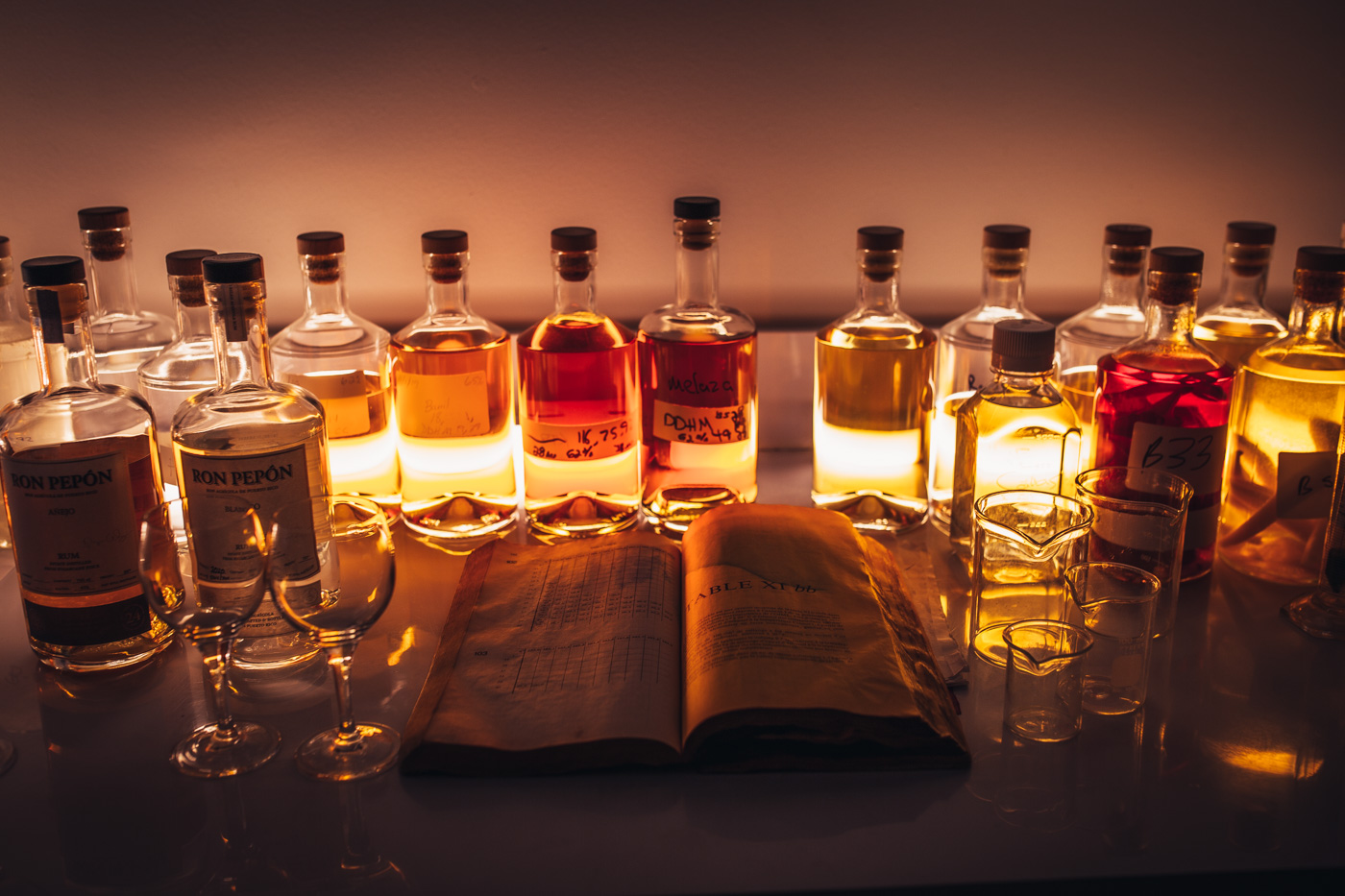
In 2011, an amendment was made to the island’s Internal Revenue Code that increased the tax rebate Puerto Rican rum companies receive from the local government from 10% to the 40% listed above. According to a 2017 investigation by Puerto Rico’s Center for Investigative Journalism (CPI), the change was made so rum companies could compete with distilleries in the U.S. Virgin Islands, and it made the island’s government miss out on over $400 million in revenue between 2011 and 2016.
The three top-selling rums in Puerto Rico are as follows: Don Q is number one, followed by Palo Viejo and Bacardí. The first two are both produced by Serrallés Distillery. The duopoly made up by the Serrallés Distillery and Bacardí benefits from the rum rebate program. According to CPI’s investigation, the main beneficiary of the rebate program is Bacardí—it received over $350 million between 2011 and 2016. According to the center’s investigation, the company explained to the CPI that it uses most of that money for marketing and production in Puerto Rico. Bacardí declined to comment on my questions about how much money the company has made since 2011.
Until 2016, according to the CPI, Serrallés Distillery had received the second largest slice. Roberto Serrallés was not able to provide an updated figure, but he did explain what they use the rebate for. “We take over 90% of those funds and pass them on in the form of discounts for our clients of bulk rum, so that they keep buying from us and so the business stays in Puerto Rico,” Serrallés says. “It’s important to understand we only receive those incentives when we sell rum in the U.S.” He also points out that the company is “responsible for over $140 million that goes into the island’s general fund annually, net of incentives. Therefore, it also has an element of financial development for the government. It’s a win-win situation.”
Artisanal distilleries on the island want to participate in these types of incentives, but a source points out that they usually face a long and arduous bureaucratic process to enlist in the program. For example, the owner of another small distillery assures he has spent more than a year getting all the paperwork together and approved. Both of these sources wish to remain anonymous. Currently, a group of artisanal distilleries is in the process of meeting with the local government to create an association of artisanal producers where they can advocate for their protected interests.
Alvarez’s business is one of the distilleries looking to join this new union of artisanal rum-makers. “We have seen a drastic change in the tide with the new administration and the current secretary of the Department of Economic Development and Commerce, Manuel Cidre Miranda. He has met with us, and they have shown interest in what we are doing at San Juan Artisan Distillers,” says Alvarez. “We’ve been flattered because it’s the first time that something like this has happened.”
His company is now looking to sell Ron Pepón and Tres Clavos in a dozen cities in the United States, which would elevate his company to the next level—San Juan Artisan Distillers would put agricultural rum on the map in the mainland U.S. According to Alvarez, the future of rum-making is in producing it from sugar cane.
The rum guru explains that there’s a certain tendency among sugar producers across the globe. “They’re realizing they have the molasses necessary to produce their own alcohol right there in their sugar mills and sell it themselves,” he says. “If that continues to be the case, the companies that import molasses in Puerto Rico will be greatly affected.”
“That’s where the industry is headed in the next 20 years,” Alvarez assures. From their estate in Vega Baja, San Juan Artisan Distillers will welcome the return to the tradition of making rum from sugar cane, as it was first done hundreds of years ago.

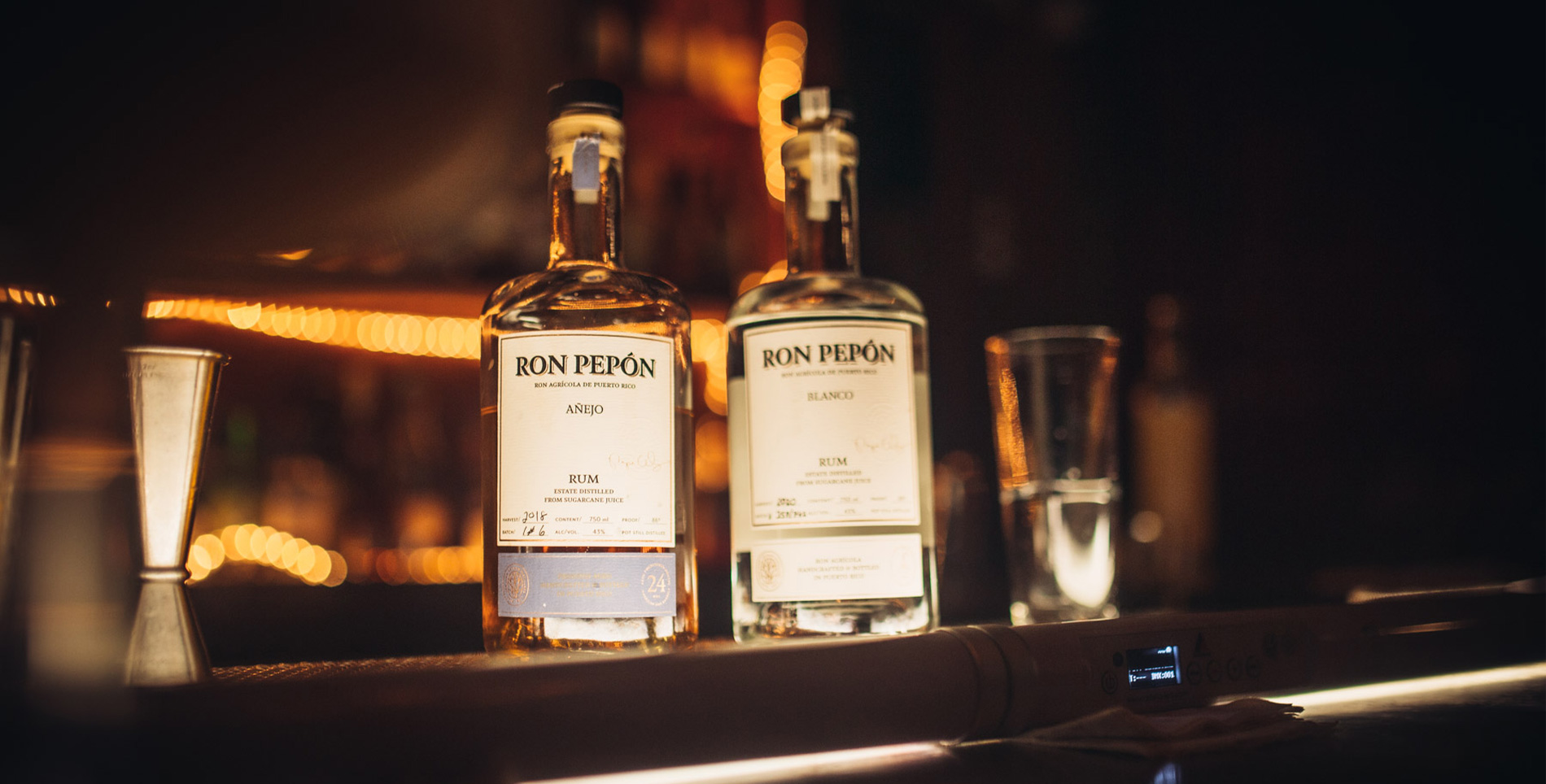

Our comments section is for members only.
Join today to gain exclusive access.